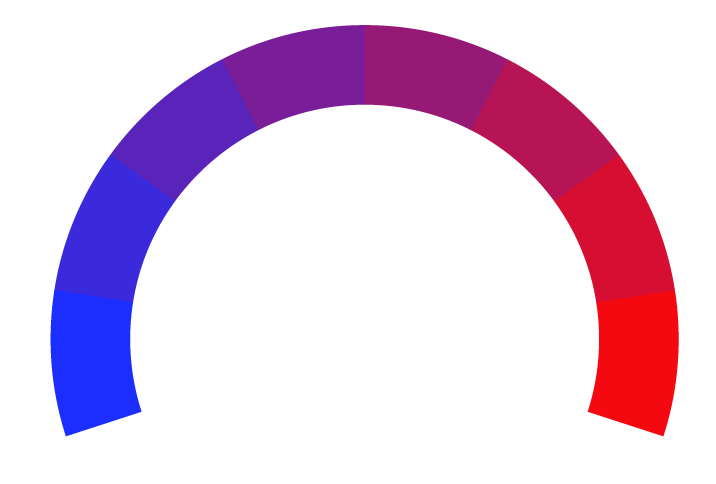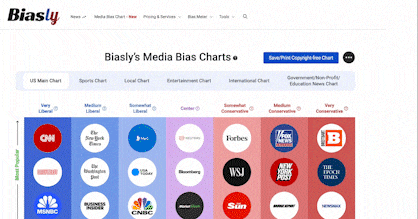 Wall Street Journal Article Rating
Wall Street Journal Article RatingCoal, No Longer Shunned, Keeps Europe's Lights on Through Frigid Weather
- Bias Rating
- Reliability
N/AN/A
- Policy Leaning
30% Somewhat Right
- Politician Portrayal
N/A
Continue For Free
Create your free account to see the in-depth bias analytics and more.
By creating an account, you agree to our Terms and Privacy Policy, and subscribe to email updates.
Bias Score Analysis
The A.I. bias rating includes policy and politician portrayal leanings based on the author’s tone found in the article using machine learning. Bias scores are on a scale of -100% to 100% with higher negative scores being more liberal and higher positive scores being more conservative, and 0% being neutral.
Sentiments
N/A
- Liberal
- Conservative
| Sentence | Sentiment | Bias |
|---|---|---|
Unlock this feature by upgrading to the Pro plan. | ||
Reliability Score Analysis
Policy Leaning Analysis
Politician Portrayal Analysis
Bias Meter
Extremely
Liberal
Very
Liberal
Moderately
Liberal
Somewhat Liberal
Center
Somewhat Conservative
Moderately
Conservative
Very
Conservative
Extremely
Conservative
-100%
Liberal
100%
Conservative

Contributing sentiments towards policy:
63% : The European Union generated 22% of its power with coal and its sister fuel lignite, also known as brown coal, in the first two weeks of December, said Mr. Czyżak.61% : "Whenever there's higher power demand, you ramp up coal as much as possible and it jumps into the system before the gas plants," said Paweł Czyżak, analyst at Ember, a think tank that aims to expedite the shift away from coal.
58% : "Coal will continue to be the global energy system's largest single source of carbon-dioxide emissions by far," the intergovernmental organization said, adding that it expects global demand to flatline before falling after 2025.
57% : In the first two weeks of December, Germany generated 49% more power with coal and 6% more with lignite than in the same period a year ago, according to EnAppSys Ltd.
56% : The continent has invested in wind and solar energy while closing dozens of coal-fired power plants over the past decade.
54% : But coal has taken the lead of late -- partly because Germany and other countries brought plants back online, and partly because gas is so expensive that it is more profitable for utilities to burn coal.
54% : "I find it hard to say at this point which is the likely winner," said Pieter de Pous, program leader for fossil-fuel transition at think-tank E3G. Building more grid connections so renewable power can be funneled across borders is also key, he said.
51% : Across Europe, industry is leaning on coal, as well as oil, to keep operating at a time of high gas and power prices.
50% : "Whether or not Poland will have sufficient amounts of coal really depends on how severe this year's winter will be," said Robert Tomaszewski, an energy analyst at Polityka Insight.
42% : Consuming large amounts of coal represents a difficult choice for European nations that had promised to ditch the carbon-intensive fuel to contain climate change.
*Our bias meter rating uses data science including sentiment analysis, machine learning and our proprietary algorithm for determining biases in news articles. Bias scores are on a scale of -100% to 100% with higher negative scores being more liberal and higher positive scores being more conservative, and 0% being neutral. The rating is an independent analysis and is not affiliated nor sponsored by the news source or any other organization.






















